My mother and I were talking about trees yesterday and I told her how much I loved to sit beneath the large old willow in the backyard of my childhood home, to which she replied that my father would never have planted a willow tree as it is symbolic of death and when one plants a willow, someone you love will die. While this isn't exactly true, the willow was a popular image engraved on Victorian headstones and along with the nickname of "weeping willow" is frequently thought of when it comes to the subject of death.
Instead of bringing death and misery, the willow can actually alleviate sadness and darkness and when one sits beneath its long embracing branches, will find their energies calmed. Willow is a favored wood for wands due to its flexibility. Native Americans wove their baskets and fishing nets from willow because of that flexibility. Medicinally, willow has been used to treat headaches and fevers by use of the leaves, bark and wood of the tree. To conjure spirits mix ground willow bark with sandalwood. The traditional besom, usually made of birch, is bound with willow branches.
The willow is the third sacred wood for the sabbat fire and, not surprisingly, it represents death. The tree is associated with the moon and thus the Goddess, giving it feminine energy. It's a magickal tree that vibrates to the elements of water and fire. The willow is the traditional tree of Samhain.
Subscribe to:
Post Comments (Atom)
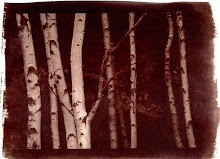








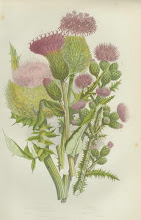
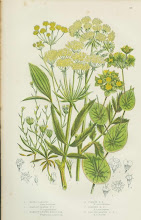
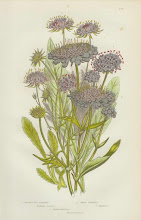
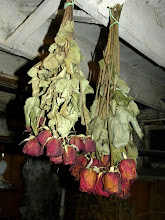
No comments:
Post a Comment